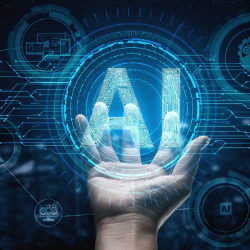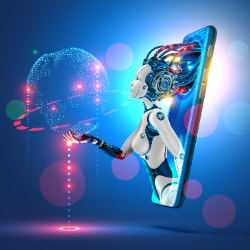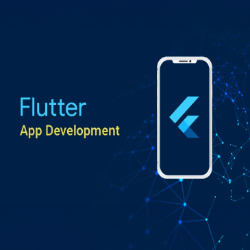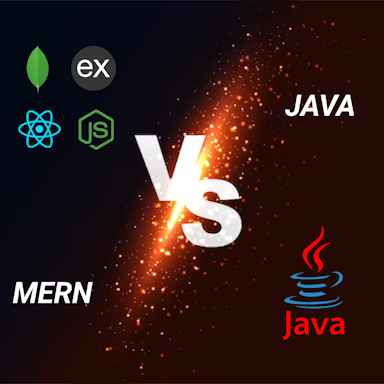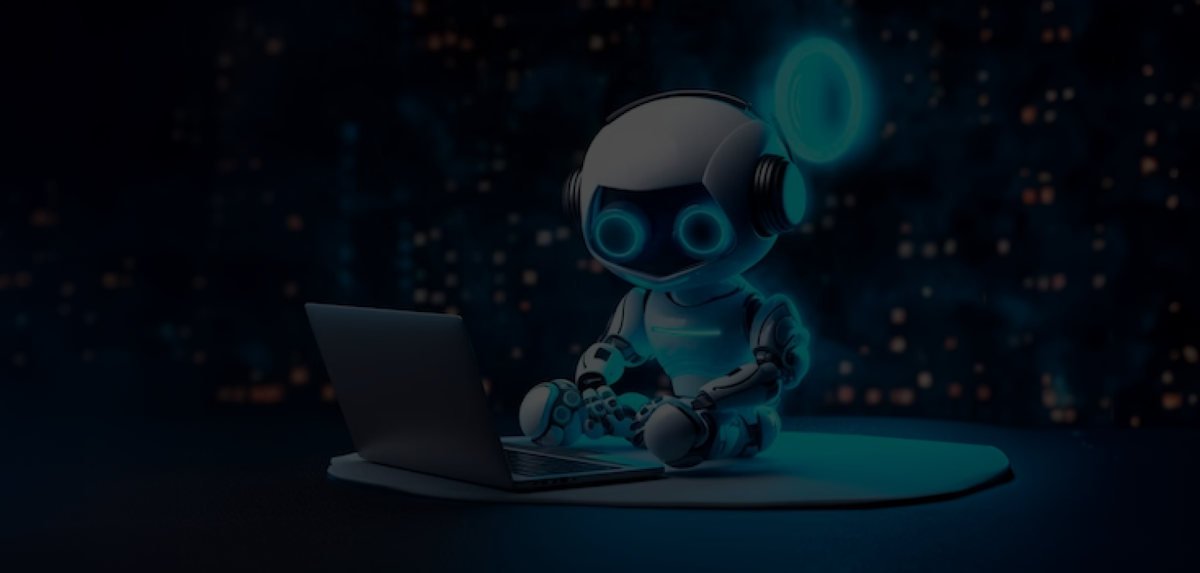
The World of Chatbots
Simplifying Complex AI Conversations
The Evolution of Chatbots: From NLP to Generative AI
Smart chatbots are more than just lines of code; they're digital companions that comprehend and converse with you in everyday language. we'll delve into the world of these intelligent virtual assistants and how they're transforming our lives for the better.
Breaking down the basics of Chatbots and their key concept
Generative AI stands for Artificial Intelligence. It's like computer magic that helps machines do smart things, almost like a human. Machine learning is like AI's little helper. It helps machines recognize patterns, like a kid learning to spot shapes and colours. NLP, or Natural Language Processing, is a cool trick within machine learning that lets machines understand and talk to us using everyday language. Chatbots are like friendly robots on your computer. They chat with you, understand your questions, and give you answers based on what they've learned.
The Journey of Chatbots
Chatbots have been around for a while, and they've come a long way since the 1960s. The first chatbot, Eliza, pretended to be a therapist. Later on, we had A.L.I.C.E. and Smarter Child for instant messaging. Then, voice assistants like Siri, Alexa, and Google Assistant arrived, taking chatbots to new heights by letting us talk to them.
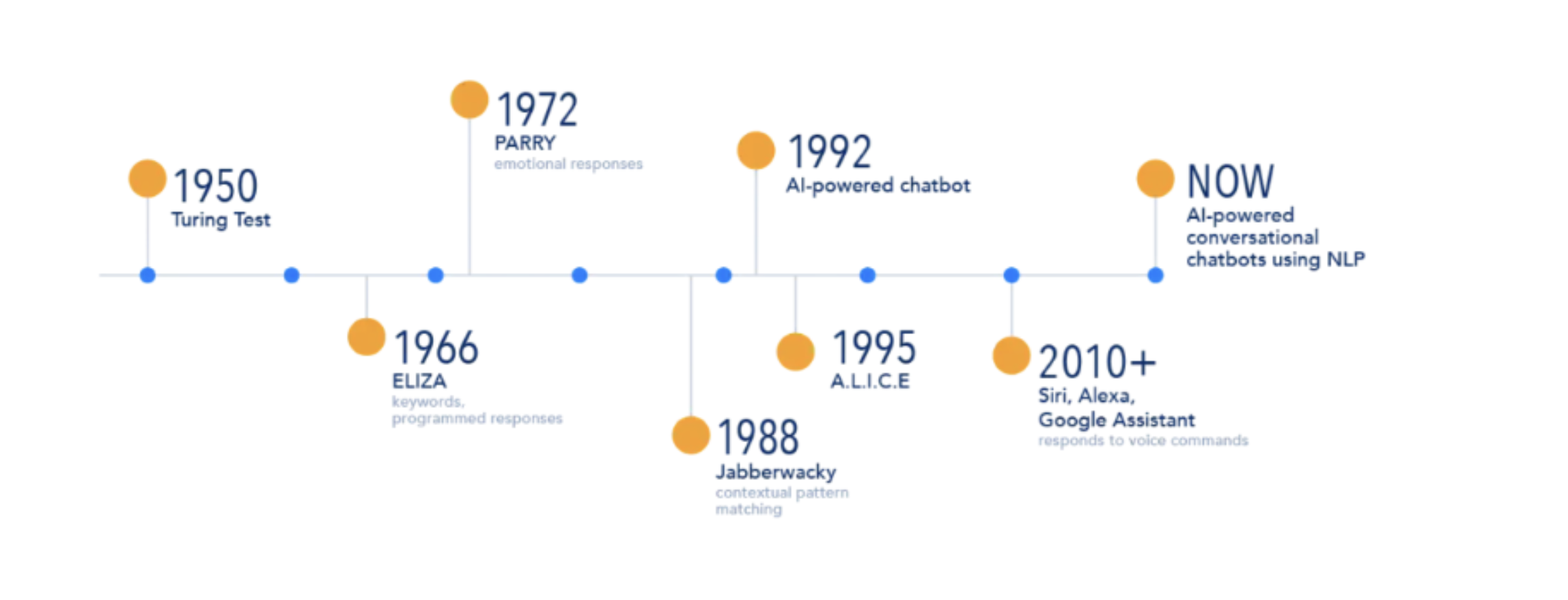
Types of Chatbots
Now, let's look at the two main types of chatbots: Rule-Based and Self-Learning Chatbots. Rule-based chatbots follow strict rules like a recipe. They're simple and easy to set up but struggle when you ask tricky questions or don't follow their rules. Self-Learning Chatbots are like students who learn from their mistakes. They use fancy machine learning to get better over time. They're more flexible and can handle a wider range of questions, giving you more personalized answers.
AI evolution with Self-Learning Chatbots
Self-learning chatbots, armed with machine-learning prowess, continually elevate their capabilities. They learn from user interactions, fine-tuning responses based on patterns. These adaptable chatbots excel in handling diverse queries and offering personalized solutions. For instance, consider a request for restaurant recommendations in a specific area. A self-learning chatbot excels by leveraging past interactions and user preferences, a feat beyond the grasp of rule-based counterparts. However, it's important to note that self-learning chatbots demand ample initial training data, ongoing updates for accuracy, and robust data privacy measures for secure operation
NLP-Powered Chatbots for Meaningful Conversations
In the world of chatbots, Natural Language Processing (NLP) is the driving force that empowers these digital companions to connect with users through meaningful conversations. Here's a concise breakdown of NLP's key components:
1. Text Processing: Think of it as preparing text data for analysis, like tidying up a room for guests. It involves cleaning, formatting, and removing unnecessary elements to enhance comprehension.
2. Tokenization: It is akin to breaking sentences into building blocks – individual words or tokens.
3. Part-of-Speech Tagging (POS Tagging): It assigns labels (nouns, adjectives, verbs, etc.) to words in a text, helping chatbots understand sentence structure and meaning. Named Entity Recognition (NER): NER is like a chatbot's context radar. It identifies and categorizes important things like names, locations, and organizations in user conversations.
4. Sentiment Analysis: This invaluable tool allows chatbots to gauge a user's emotional tone – whether it's positive, neutral, or negative. It helps chatbots respond empathetically and appropriately.
In essence, NLP equips chatbots with language comprehension, enabling them to understand and engage with users naturally and meaningfully. It's like giving chatbots the power of human-like language understanding, fostering more effective and empathetic interactions.
Advanced chatbots like GPT-4 are powered by big brains called transformer-based models. They learn from tons of text on the internet without needing humans to teach them. These models are great at guessing what comes next in a sentence, so they give smart answers to your questions. Where Chatbots Shine
Industries leveraging the power of chatbots:
Industries across the spectrum are harnessing the transformative potential of chatbots, driven by the remarkable capabilities of artificial intelligence. Here's how they're making a significant impact:
-
E-Commerce Enhancement: In the world of online shopping, chatbots have become invaluable. E-commerce platforms employ chatbots to engage with customers, offering tailored product recommendations based on past purchases. For instance, when you buy an item on Amazon, these intelligent assistants might suggest complementary products, enriching your shopping experience. Moreover, in the realm of customer service, chatbots efficiently handle inquiries, ensuring uninterrupted support even when human resources are unavailable. This automation streamlines processes, making interactions with online stores smoother and more efficient.
-
Healthcare Revolution: The healthcare industry has also undergone a transformative shift with the integration of AI-driven chatbots. Patients can now describe their symptoms or concerns, and chatbots swiftly provide recommendations on the most suitable specialists to contact. These virtual healthcare assistants enhance accessibility to medical services, facilitating quicker and more informed decisions. Beyond healthcare, chatbots have ventured into HR departments, simplifying employee queries about company rules and articles. Experimentation with "What Human Resources" chatbots has opened new avenues for streamlined workplace interactions.
In addition to these sectors, chatbots have made significant strides in various industries, including travel and hospitality. Their potential to optimize processes, deliver personalized assistance, and elevate the overall customer experience is nothing short of remarkable. The age of chatbots has arrived, and it's transforming how we engage with diverse industries through seamless AI-powered interactions.
Challenges and Limitation in Current Scenario with AI and Chatbots
- Complexity Issues: Chatbots struggle with long, intricate sentences.
- Context Challenges: Retaining conversation context is a hurdle.
- Data Privacy: Ensuring robust security measures for user trust.
- Language Support: Aiming for enhanced multi-language proficiency.
- Job Impacts: Addressing automation's effect on employment.
- Transparency: Clear data policies are vital for user assurance.
- AI Advancement: Rapid progress propels chatbot capabilities.
- Improved UX: Continuous refinement for better user experience
Techladd's Commitment to Leading the Evolution of Chatbots
Chatbots have become indispensable in various industries, thanks to advancements in large language models. While challenges remain, we're committed to overcoming them. At Techladd, our unwavering passion for technology drives us to stay at the forefront of change. We continuously integrate updated technologies into our chatbots, ensuring they evolve with the times. Our dedication to improving user experiences and addressing concerns like data privacy and security is at the core of our mission. As we move forward, we're excited to shape the future of chatbots, making them even more context-aware and efficient, all while keeping user trust and satisfaction at the forefront of our endeavours.

